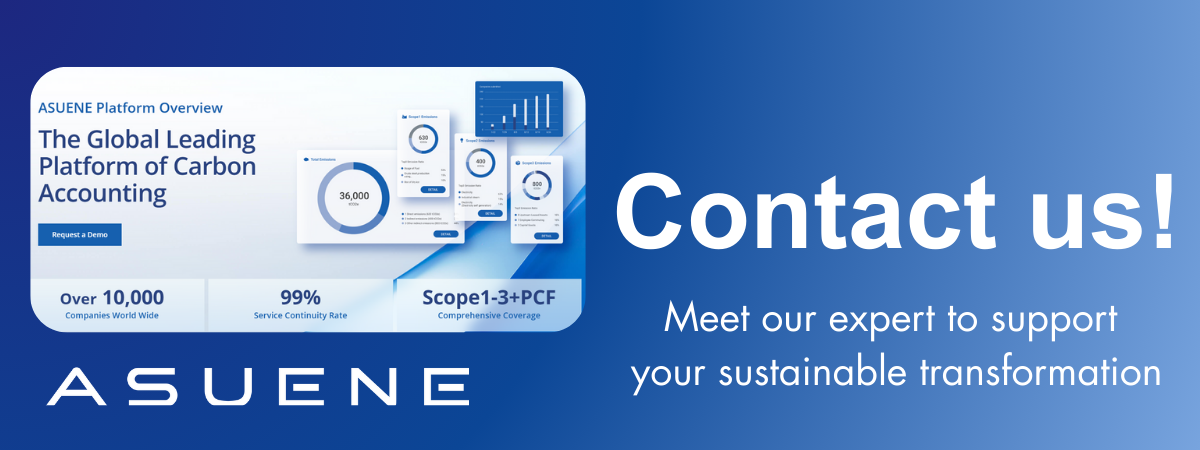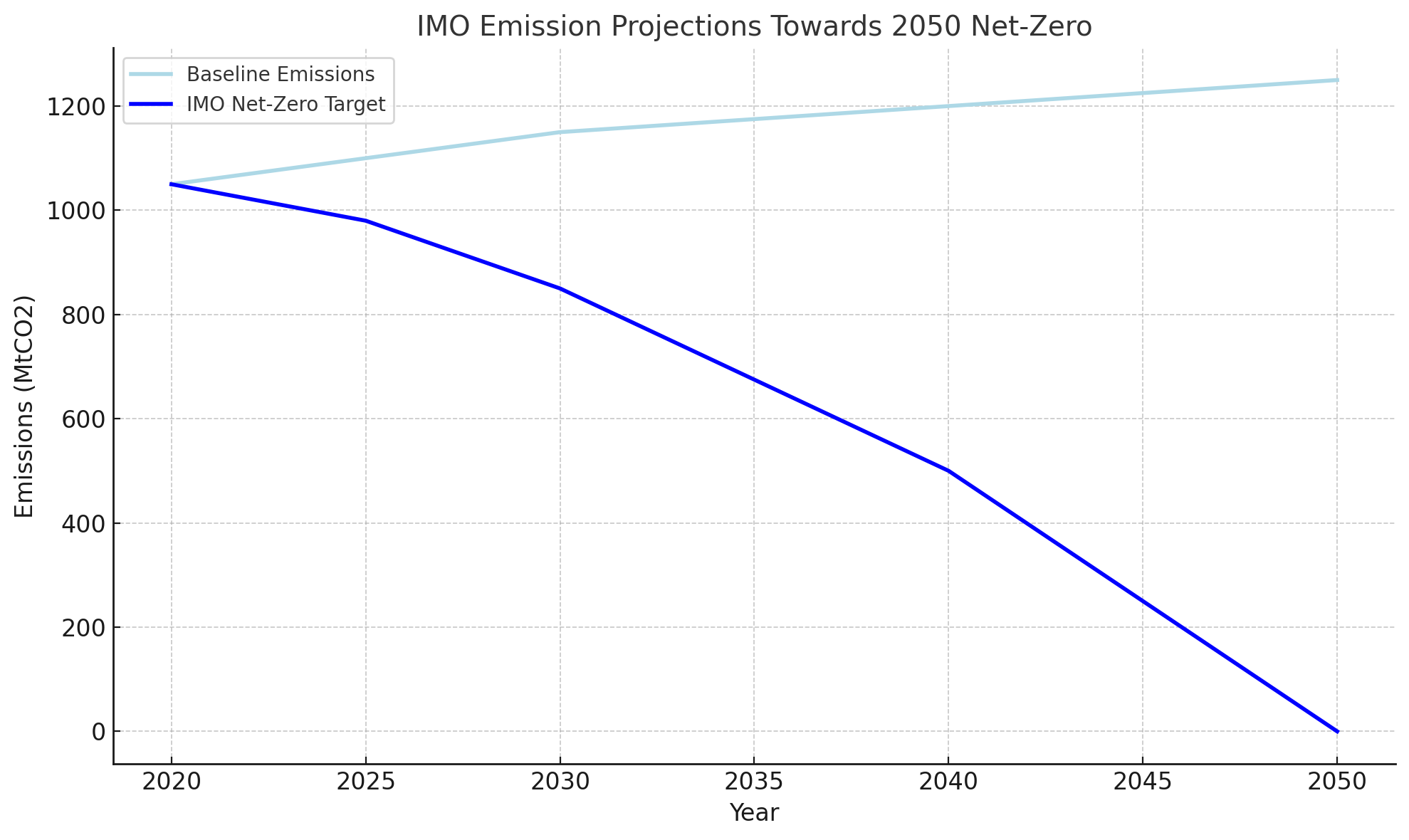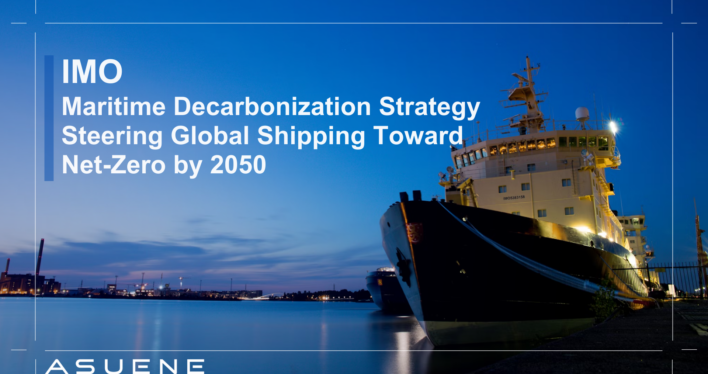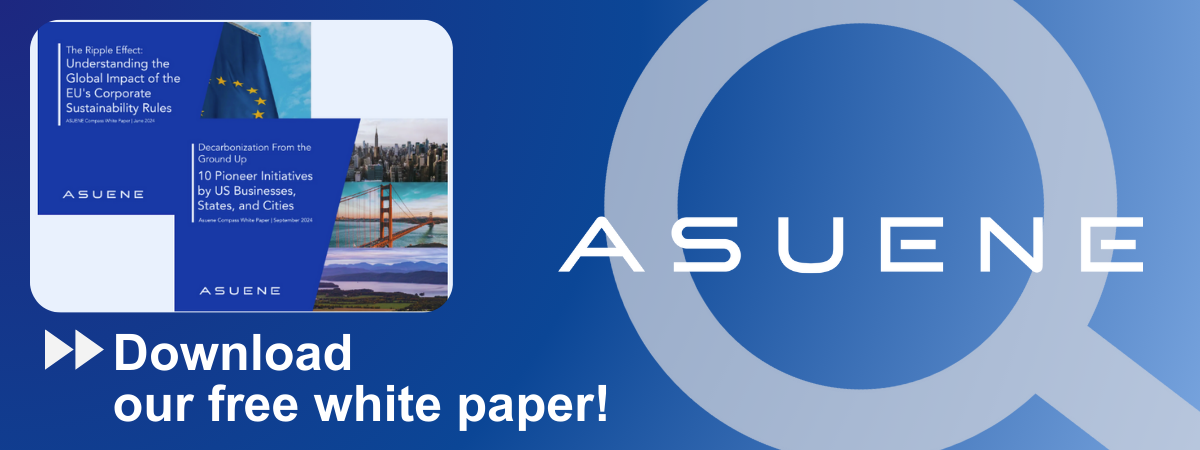- Article Summary
-
Background: Maritime Shipping and Its Climate Challenge
The maritime shipping industry is the backbone of global trade, transporting nearly 90% of the world’s goods. Yet, it is also a significant emitter of greenhouse gases, contributing roughly 3% of global CO₂ emissions — about 1,050 million tonnes of CO₂ annually.
Unlike other transport modes, shipping is international by nature, which makes it difficult to regulate through national policies. Recognizing this, the International Maritime Organization (IMO) — a United Nations specialized agency — has taken charge of establishing global standards for maritime safety and environmental protection. In recent years, IMO has prioritized climate action, acknowledging that the sector must decarbonize to meet global climate targets.

Purpose: The Revised 2023 IMO GHG Strategy
In July 2023, IMO adopted a revised GHG Strategy, setting an ambitious pathway to achieve net-zero GHG emissions from international shipping “by or around 2050”. This was a major leap from the 2018 target, which only aimed to cut emissions by 50% by 2050.
Table: IMO Climate Objectives (2023 Strategy)

These targets are “well-to-wake”, covering emissions from fuel production to combustion.
Mechanisms: How IMO Plans to Decarbonize Global Shipping
To achieve these goals, IMO introduced a comprehensive strategy based on technical, operational, and market-based measures.
1. Technical Measures
- Energy Efficiency Design Index (EEDI): Mandates minimum efficiency levels for new ships
- Energy Efficiency Existing Ship Index (EEXI): Applies to existing fleets, effective from 2023
- Alternative fuels: Transition to low/zero-emission fuels (e.g., green ammonia, methanol, hydrogen)
2. Operational Measures
- Carbon Intensity Indicator (CII): Measures how efficiently a ship transports goods (gCO₂/ton-mile)
- Speed optimization: Slow steaming to reduce fuel burn
- Voyage planning: Use of AI and weather routing to optimize trips
3. Market-Based Measures (MBMs)
Under development (to be implemented by 2027):
- Global carbon pricing mechanism
- Levy on GHG emissions
- Fuel standard with mandatory GHG reduction levels

Current Status: Adoption, Gaps, and Emerging Trends
The 2023 IMO Strategy is a major milestone, but practical implementation is still at an early stage. Here’s where things stand:
Table: Implementation Status (as of 2024)
| Pillar | Status | Key Challenge |
|---|---|---|
| EEDI & EEXI | Mandatory, globally adopted | Enforcement and compliance |
| CII | Implemented in 2023 | Unclear long-term effectiveness |
| Alternative fuel uptake | <1% of total marine fuel | Cost, supply, safety infrastructure |
| MBMs (carbon pricing) | Under negotiation, launch by 2027 | Political consensus among IMO states |
Alternative fuels, though promising, face scalability and safety concerns. Meanwhile, developing nations worry that carbon levies may increase shipping costs and impact trade equity.
Outlook and Industry Response: How Shipping Firms Must Adapt
Achieving net-zero in the maritime sector requires global coordination, substantial investment, and bold technological transformation. The private sector has begun to respond:
Key Drivers (2025–2035)
- Mandatory GHG Fuel Standard to be proposed by 2025
- Green corridors between major ports (e.g., Rotterdam–Singapore, Los Angeles–Shanghai)
- Public-private alliances to scale zero-emission ships (e.g., Getting to Zero Coalition)
IMO Emissions Projection Toward 2050

This chart shows how IMO targets align with progressive reductions in emissions, compared to a baseline trend.
What Shipping Companies and Supply Chain Leaders Should Do Now
| Strategic Priority | Recommended Actions |
|---|---|
| Compliance readiness | Assess and upgrade fleet for EEXI, CII compliance |
| Fuel strategy | Invest in R&D and early adoption of alternative fuels |
| Route optimization | Leverage digital tools for emissions-efficient voyage planning |
| Carbon accounting | Develop robust MRV (Monitoring, Reporting, Verification) systems |
| Stakeholder transparency | Align with CDP, SBTi, and ESG reporting frameworks |
Conclusion: Sailing into a Low-Carbon Future with IMO at the Helm
The International Maritime Organization has charted an ambitious course toward a net-zero maritime sector. The 2023 strategy sends a powerful signal that the shipping industry is not exempt from global climate responsibilities. Yet the road (or rather, sea) ahead is turbulent — requiring international cooperation, bold policy, private-sector innovation, and capacity-building for developing states.
If fully realized, IMO’s vision could transform maritime trade into a climate-aligned, future-proofed pillar of the global economy — ensuring that the goods we move across oceans don’t come at the cost of our planet’s health.
Why Work with ASUENE Inc.?
Asuene is a key player in carbon accounting, offering a comprehensive platform that measures, reduces, and reports emissions, including Scope 1-3, with expertise in decarbonization. Asuene serves over 10,000 clients worldwide, providing an all-in-one solution that integrates GHG accounting, ESG supply chain management, a Carbon Credit exchange platform, and third-party verification.
ASUENE supports companies in achieving net-zero goals through advanced technology, consulting services, and an extensive network.


